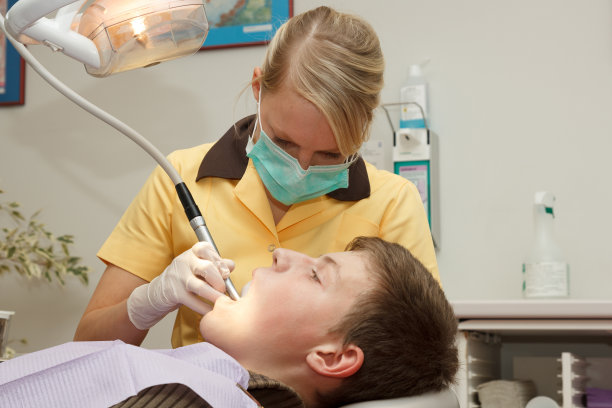The Essential Steps and Considerations for Safely Extracting a Tooth in Dental Practice
Summary: Extracting a tooth safely is an integral skill in dental practice, allowing dentists to mitigate patient discomfort and prevent complications. This article will explore the essential steps and considerations important for effective tooth extraction. We will delve into patient assessment, anesthesia selection, the extraction procedure itself, and post-extraction care. Each aspect is vital to ensure a smooth process, minimize risks, and enhance the overall patient experience, laying a strong foundation for a successful procedure.
1. Patient Assessment and Evaluation

The first step in any dental extraction is to conduct a thorough patient assessment. This includes a comprehensive medical history review and understanding any underlying health conditions that could affect the procedure. Conditions such as diabetes, bleeding disorders, or allergies should be documented to inform anesthesia choices and procedural techniques.
A clinical examination is equally crucial. Dentists should evaluate the affected tooths condition, its surrounding tissues, and the alignment of adjacent teeth. Radiographic imaging, such as X-rays, can provide critical insights into the tooths root anatomy and surrounding bone structure, ensuring informed decision-making prior to extraction.
Finally, effective communication with the patient is essential. Dentists must explain the procedure, outline potential risks, and discuss post-operative expectations. This dialogue helps alleviate anxiety and builds trust, which is pivotal for a successful extraction experience.
2. Anesthesia Selection and Administration
Once a thorough assessment has been completed, the next step is selecting the appropriate anesthesia. Local anesthesia is the most common choice for tooth extractions, as it numbs the immediate area without affecting the patients consciousness. The dosage and type must be tailored to the individual patients needs and medical history.
In certain cases, sedation may be considered for patients with dental anxiety or those undergoing complex extractions. Nitrous oxide or intravenous sedation can help patients feel relaxed and at ease during the procedure. Dentists need to monitor the patients vital signs closely when sedation is used, ensuring safety throughout the extraction.
Effective administration of anesthesia is critical. Dentists should follow techniques that minimize discomfort and ensure proper penetration of the anesthetic agent. Assessing the patients response to anesthesia before proceeding with extraction is also important, as complete numbness must be confirmed to avoid pain during the procedure.
3. Execution of the Tooth Extraction Procedure
With proper patient assessment and anesthesia in place, the execution of the extraction procedure can begin. During this phase, dentists must ensure they are using the right instruments and techniques for a smooth extraction. The choice between simple and surgical extraction depends on the tooths condition and its root anatomy.
For simple extractions, loosening the tooth with appropriate elevators and applying controlled force with extraction forceps is key. In contrast, surgical extractions may require incisions in the gum tissue, bone removal, or sectioning of the tooth to facilitate removal. Dentists must be adept in both techniques to adapt to the scenario effectively.
Additionally, maintaining a sterile environment is paramount throughout the procedure. Using sterile instruments and following aseptic protocols help reduce the risk of postoperative infections, ensuring a better recovery for the patient.
4. Post-Extraction Care and Follow-Up
The final step in the tooth extraction process involves providing adequate post-extraction care to the patient. After the extraction, controlling bleeding through gauze packing and instructing the patient on how to minimize swelling and discomfort is crucial. Ice packs can be recommended to reduce inflammation during the initial hours post-surgery.
Patients should also receive clear instructions on oral hygiene practices to follow after the procedure. Maintaining a clean mouth while avoiding the extraction site is vital to prevent infection and promote healing. Recommendations may include using a gentle rinse after 24 hours and avoiding strenuous activities for a couple of days.
Lastly, arranging a follow-up appointment allows for monitoring the healing process. It’s an opportunity for patients to voice any concerns post-extraction and for the dentist to assess the extraction site and ensure everything is healing properly. This continuous communication encourages trust and paves the way for optimal dental health.
Summary:
The article has outlined the essential steps and considerations for safely extracting a tooth within dental practice. From thorough patient assessments and careful anesthesia selection to precise execution of the extraction and diligent post-extraction care, each stage plays a crucial role in ensuring a successful outcome. Understanding these steps enhances patient safety and satisfaction during what can often be a stressful experience.
This article is compiled by Vickong Dental and the content is for reference only.



